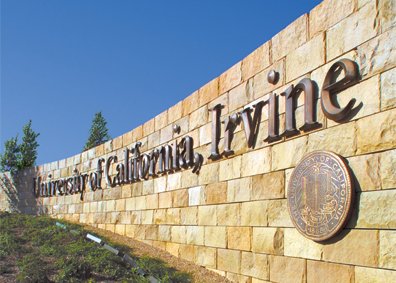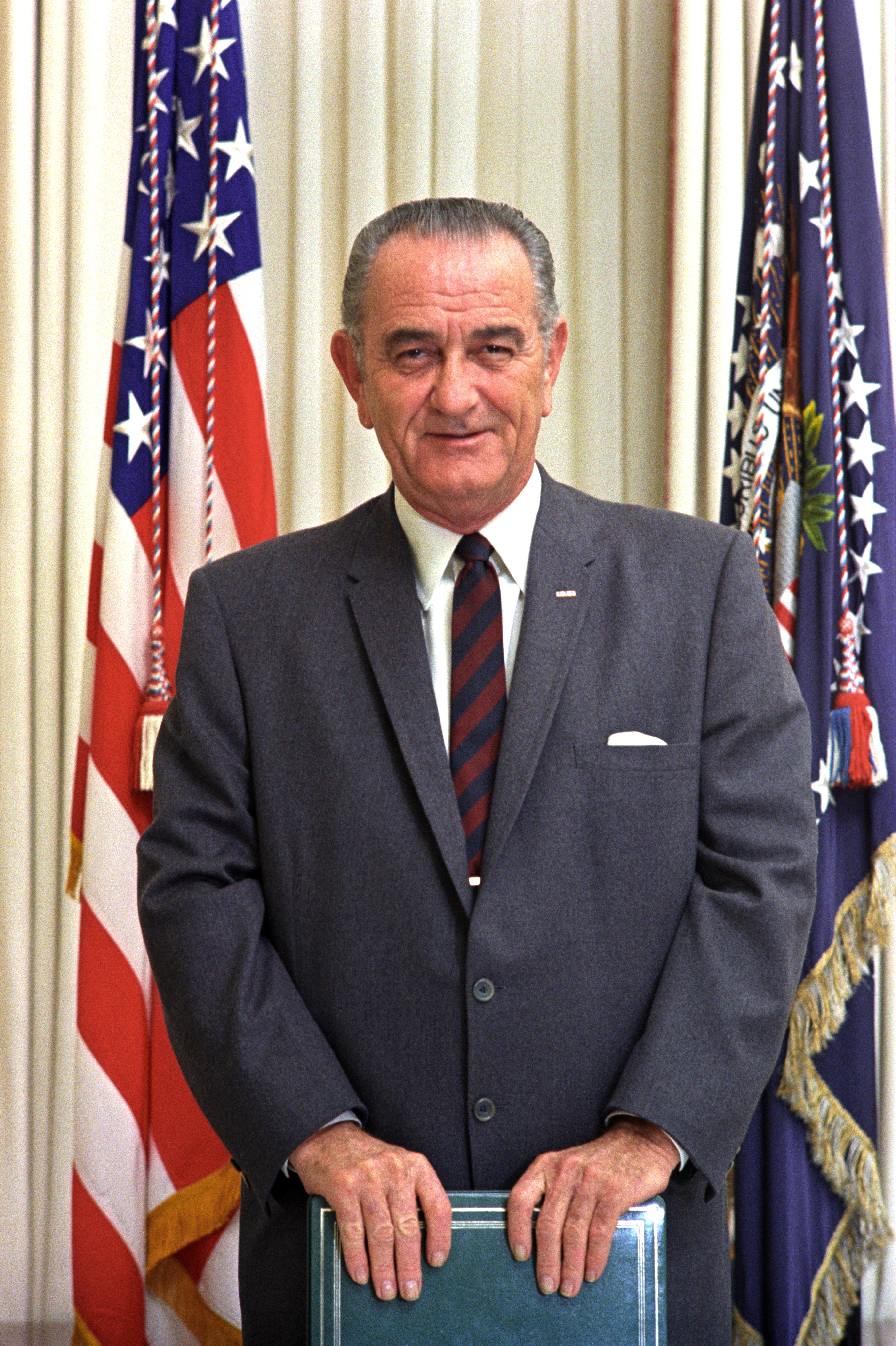|
Serena Dudek
Serena M. Dudek (born 1964; Anaheim, California), is an American neuroscientist known for her work on long-term depression and synaptic plasticity in the CA2 region of the hippocampus. Education Early years Dudek's father was an English professor and Fullerton College and her mother was a clinical cytologist and medical technologist. In High school, she worked at Knott's Berry Farm selling ice cream and popcorn. She was also on the drill team at Savanna High School. Undergraduate In 1982 Serena Dudek matriculated into the University of California, Irvine. Dudek worked as an undergraduate researcher in the lab of Gary Lynch studying the degradation of brain spectrin, also known as fodrin, by calpains. Graduate Serena Dudek enrolled a Ph.D. program at Brown University where she joined Mark Bear's lab to study long-term depression in a collaboration with Leon Cooper. Her work was used to support the BCM theory. She finished her Ph.D. studies in 1992. Media Publications ... [...More Info...] [...Related Items...] OR: [Wikipedia] [Google] [Baidu] |
University Of California, Irvine
The University of California, Irvine (UCI or UC Irvine) is a public land-grant research university in Irvine, California. One of the ten campuses of the University of California system, UCI offers 87 undergraduate degrees and 129 graduate and professional degrees, and roughly 30,000 undergraduates and 6,000 graduate students are enrolled at UCI as of Fall 2019. The university is classified among " R1: Doctoral Universities – Very high research activity", and had $436.6 million in research and development expenditures in 2018. UCI became a member of the Association of American Universities in 1996. The university was rated as one of the " Public Ivies” in 1985 and 2001 surveys comparing publicly funded universities the authors claimed provide an education comparable to the Ivy League. The university also administers the UC Irvine Medical Center, a large teaching hospital in Orange, and its affiliated health sciences system; the University of California, Irvine, Arboretum; ... [...More Info...] [...Related Items...] OR: [Wikipedia] [Google] [Baidu] |
Long-term Depression
In neurophysiology, long-term depression (LTD) is an activity-dependent reduction in the efficacy of neuronal synapses lasting hours or longer following a long patterned stimulus. LTD occurs in many areas of the CNS with varying mechanisms depending upon brain region and developmental progress. As the opposing process to long-term potentiation (LTP), LTD is one of several processes that serves to selectively weaken specific synapses in order to make constructive use of synaptic strengthening caused by LTP. This is necessary because, if allowed to continue increasing in strength, synapses would ultimately reach a ceiling level of efficiency, which would inhibit the encoding of new information. Both LTD and LTP are forms of synaptic plasticity. Characterisation LTD in the hippocampus and cerebellum have been the best characterized, but there are other brain areas in which mechanisms of LTD are understood. LTD has also been found to occur in different types of neurons that releas ... [...More Info...] [...Related Items...] OR: [Wikipedia] [Google] [Baidu] |
1964 Births
Events January * January 1 – The Federation of Rhodesia and Nyasaland is dissolved. * January 5 - In the first meeting between leaders of the Roman Catholic and Orthodox churches since the fifteenth century, Pope Paul VI and Patriarch Athenagoras I of Constantinople meet in Jerusalem. * January 6 – A British firm, the Leyland Motor Corp., announces the sale of 450 buses to the Cuban government, challenging the United States blockade of Cuba. * January 9 – '' Martyrs' Day'': Armed clashes between United States troops and Panamanian civilians in the Panama Canal Zone precipitate a major international crisis, resulting in the deaths of 21 Panamanians and 4 U.S. soldiers. * January 11 – United States Surgeon General Luther Terry reports that smoking may be hazardous to one's health (the first such statement from the U.S. government). * January 12 ** Zanzibar Revolution: The predominantly Arab government of Zanzibar is overthrown by African nationalist rebel ... [...More Info...] [...Related Items...] OR: [Wikipedia] [Google] [Baidu] |
Hippocampus Proper
The hippocampus proper refers to the actual structure of the hippocampus which is made up of three regions or subfields. The subfields CA1, CA2, and CA3 use the initials of cornu Ammonis, an earlier name of the hippocampus. Structure There are four hippocampal subfields, regions in the hippocampus proper which form a neural circuit called the trisynaptic circuit. CA1 CA1 is the first region in the hippocampal circuit, from which a major output pathway goes to layer V of the entorhinal cortex. Another significant output is to the subiculum. CA2 CA2 is a small region located between CA1 and CA3. It receives some input from layer II of the entorhinal cortex via the perforant path. Its pyramidal cells are more like those in CA3 than those in CA1. It is often ignored due to its small size. CA3 CA3 receives input from the mossy fibers of the granule cells in the dentate gyrus, and also from cells in the entorhinal cortex via the perforant path. The mossy fiber pathway ends in t ... [...More Info...] [...Related Items...] OR: [Wikipedia] [Google] [Baidu] |
Obsessive–compulsive Disorder
Obsessive–compulsive disorder (OCD) is a mental and behavioral disorder in which an individual has intrusive thoughts and/or feels the need to perform certain routines repeatedly to the extent where it induces distress or impairs general function. As indicated by the disorder's name, the primary symptoms of OCD are obsessions and compulsions. Obsessions are persistent unwanted thoughts, mental images, or urges that generate feelings of anxiety, disgust, or discomfort. Common obsessions include fear of contamination, obsession with symmetry, and intrusive thoughts about religion, sex, and harm. Compulsions are repeated actions or routines that occur in response to obsessions. Common compulsions include excessive hand washing, cleaning, counting, ordering, hoarding, neutralizing, seeking assurance, and checking things. Washing is in response to the fear of contamination. Ordering is the preference for tasks to be completed a specific way (e.g., organizing clothes a specifi ... [...More Info...] [...Related Items...] OR: [Wikipedia] [Google] [Baidu] |
BCM Theory
BCM theory, BCM synaptic modification, or the BCM rule, named for Elie Bienenstock, Leon Cooper, and Paul Munro, is a physical theory of learning in the visual cortex developed in 1981. The BCM model proposes a sliding threshold for long-term potentiation (LTP) or long-term depression (LTD) induction, and states that synaptic plasticity is stabilized by a dynamic adaptation of the time-averaged postsynaptic activity. According to the BCM model, when a pre-synaptic neuron fires, the post-synaptic neurons will tend to undergo LTP if it is in a high-activity state (e.g., is firing at high frequency, and/or has high internal calcium concentrations), or LTD if it is in a lower-activity state (e.g., firing in low frequency, low internal calcium concentrations). This theory is often used to explain how cortical neurons can undergo both LTP or LTD depending on different conditioning stimulus protocols applied to pre-synaptic neurons (usually high-frequency stimulation, or HFS, for LTP, o ... [...More Info...] [...Related Items...] OR: [Wikipedia] [Google] [Baidu] |
Leon Cooper
Leon N Cooper (born February 28, 1930) is an American physicist and Nobel Prize laureate who, with John Bardeen and John Robert Schrieffer, developed the BCS theory of superconductivity. His name is also associated with the Cooper pair and co-developer of the BCM theory of synaptic plasticity. Biography and career Cooper graduated from the Bronx High School of Science in 1947 and received a BA in 1951, MA in 1953, and PhD in 1954 from Columbia University. He spent a year at the Institute for Advanced Study and taught at the University of Illinois and Ohio State University before coming to Brown University in 1958. He has been the Thomas J. Watson Sr. Professor of Science at Brown since 1974, and Director of the Institute for Brain and Neural Systems which he founded in 1973. Along with colleague Charles Elbaum, he founded the tech company ''Nestor'', dedicated to finding commercial applications for artificial neural networks. Nestor, along with Intel, developed the Ni100 ... [...More Info...] [...Related Items...] OR: [Wikipedia] [Google] [Baidu] |
Mark Bear
Mark Firman Bear is an American neuroscientist. He is currently the Picower Professor of Neuroscience in The Picower Institute for Learning and Memory at Massachusetts Institute of Technology. He is a former Howard Hughes Medical Institute Investigator; an Elected Fellow of the American Association for the Advancement of Science, American Academy of Arts and Sciences, American College of Neuropsychopharmacology; and a Member of the National Academy of Medicine. Education Bear earned a B.S. degree from Duke University and his Ph.D. in neurobiology at Brown University. Career Until 2003, Bear was the Sidney A. and Dorothy Doctors Fox Professor at Brown University's Alpert Medical School. Bear's research focuses on understanding developmental plasticity in the visual cortex and experience-dependent synaptic modification in visual cortex and hippocampus. He has described novel forms of procedural learning in the visual system, and investigated synaptic function in models of ... [...More Info...] [...Related Items...] OR: [Wikipedia] [Google] [Baidu] |
Brown University
Brown University is a private research university in Providence, Rhode Island. Brown is the seventh-oldest institution of higher education in the United States, founded in 1764 as the College in the English Colony of Rhode Island and Providence Plantations. Brown is one of nine colonial colleges chartered before the American Revolution. Admissions at Brown is among the most selective in the United States. In 2022, the university reported a first year acceptance rate of 5%. It is a member of the Ivy League. Brown was the first college in the United States to codify in its charter that admission and instruction of students was to be equal regardless of their religious affiliation. The university is home to the oldest applied mathematics program in the United States, the oldest engineering program in the Ivy League, and the third-oldest medical program in New England. The university was one of the early doctoral-granting U.S. institutions in the late 19th century, adding ... [...More Info...] [...Related Items...] OR: [Wikipedia] [Google] [Baidu] |
Calpain
A calpain (; , ) is a protein belonging to the family of calcium-dependent, non-lysosomal cysteine proteases (proteolytic enzymes) expressed ubiquitously in mammals and many other organisms. Calpains constitute the C2 family of protease clan CA in the MEROPS database. The calpain proteolytic system includes the calpain proteases, the small regulatory subunit CAPNS1, also known as CAPN4, and the endogenous calpain-specific inhibitor, calpastatin. Discovery The history of calpain's discovery originates in 1964, when calcium-dependent proteolytic activities caused by a "calcium-activated neutral protease" (CANP) were detected in brain, lens of the eye and other tissues. In the late 1960s the enzymes were isolated and characterised independently in both rat brain and skeletal muscle. These activities were caused by an intracellular cysteine protease not associated with the lysosome and having an optimum activity at neutral pH, which clearly distinguished it from the cathepsin fa ... [...More Info...] [...Related Items...] OR: [Wikipedia] [Google] [Baidu] |
Spectrin
Spectrin is a cytoskeletal protein that lines the intracellular side of the plasma membrane in eukaryotic cells. Spectrin forms pentagonal or hexagonal arrangements, forming a scaffold and playing an important role in maintenance of plasma membrane integrity and cytoskeletal structure. The hexagonal arrangements are formed by tetramers of spectrin subunits associating with short actin filaments at either end of the tetramer. These short actin filaments act as junctional complexes allowing the formation of the hexagonal mesh. The protein is named spectrin since it was first isolated as a major protein component of human red blood cells which had been treated with mild detergents; the detergents lysed the cells and the hemoglobin and other cytoplasmic components were washed out. In the light microscope the basic shape of the red blood cell could still be seen as the spectrin-containing submembranous cytoskeleton preserved the shape of the cell in outline. This became known as a re ... [...More Info...] [...Related Items...] OR: [Wikipedia] [Google] [Baidu] |






